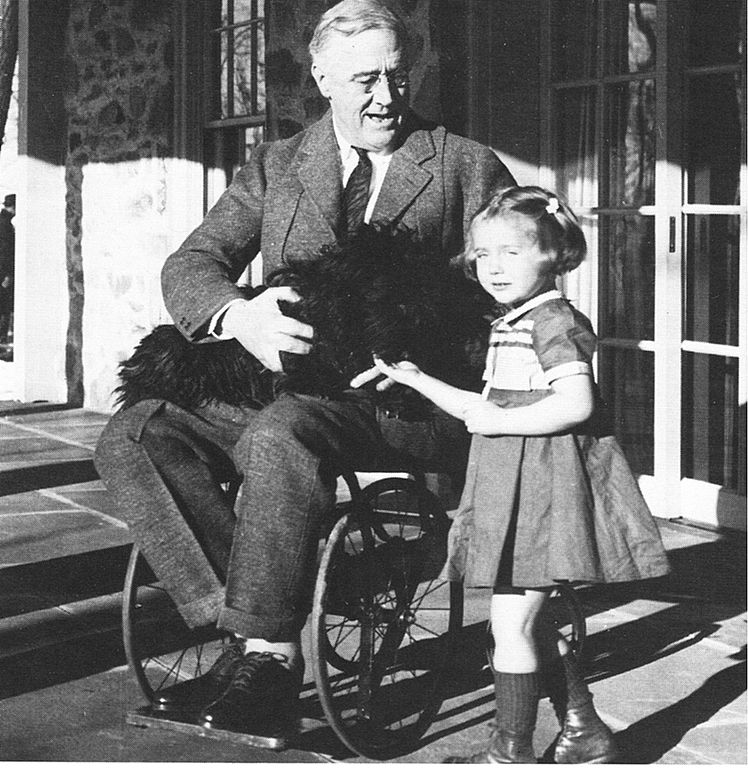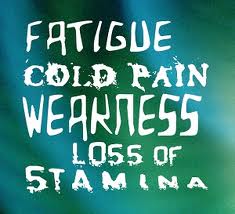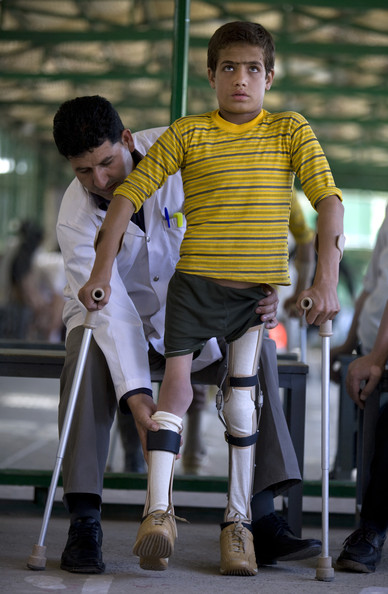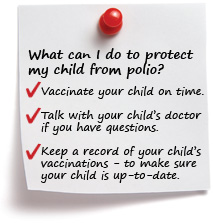Most of us have never seen or known anyone with polio. Perhaps you know that President Franklin Delano Roosevelt had polio. Why don’t you know anyone? Chalk up another success to the power of vaccines. Entirely due to effective and universal vaccinations of children, the last reported case of polio in the U.S. was in 1979. We’re talking about polio today because questions exist as to whether it appears to be making a comeback. Polio is an infectious disease. It’s caused by a virus that routinely lives in the intestines and throats of those infected – thus it most commonly is spread by contact via sneezing, coughing and stools. Here’s your daily Straight, No Chaser reminder to wash your hands frequently and cover your mouth when sneezing or coughing.
Symptoms of polio may be flu-like in nature, and they include fever, stiffness, headache, nausea and fatigue. Severe polio may cause paralysis, for which there is no treatment. Years after developing polio (in whatever steady state a patient has obtained), a post-polio syndrome (PPS) may occur. This includes a reoccurrence of muscle weakness and pain with fatigue. PPS can not be prevented or cured.
Recently, polio has been detected in Afghanistan, Pakistan, Nigeria and Syria. Not a problem for you, you say? Since September, 2012, approximately twenty California children have developed a polio-like disease, featuring paralysis. This has raised new questions about the possibility of polio having reemerged in the U.S.
Here are a few questions and considerations for you:
- Is this a resurgence of polio? At this point the answer is no. The organism that causes polio (enterovirus-68, aka EV-68) is considered eradicated from the U.S. and most other countries.
- What is the illness being seen in California? At this point the U.S. Center for Disease Control and Prevention (CDC) has not determined that this disease is polio. It is not likely to be because all those affected had been vaccinated. It could represent the development of a new disease or an abnormal presentation of some existing, rare disease.
- What should you know, and what should you do? According to the CDC, unless you live in California and have children, you shouldn’t be worried. Even if you’re traveling to countries where polio is seen, remember that you’ve been vaccinated. Obviously if you have a child who develops muscle weakness and/or evaluate, she or he should get promptly evaluated. Of course, your best defense is the same as it’s always been. Wash your hands early and often, keep them off your face and out of your mouth, and correctly cover your mouth when coughing or sneezing.
I’m sure there will be future developments forthcoming. We welcome any questions you may have.
Thanks for liking and following Straight, No Chaser! This public service provides a sample of 844-SMA-TALK and http://www.SterlingMedicalAdvice.com (SMA). Enjoy some of our favorite posts and frequently asked questions as well as a daily note explaining the benefits of SMA membership. Please share our page with your Friends on WordPress, on Facebook at SterlingMedicalAdvice.com and on Twitter at @asksterlingmd.
Copyright © 2014 · Sterling Initiatives, LLC · Powered by WordPress






